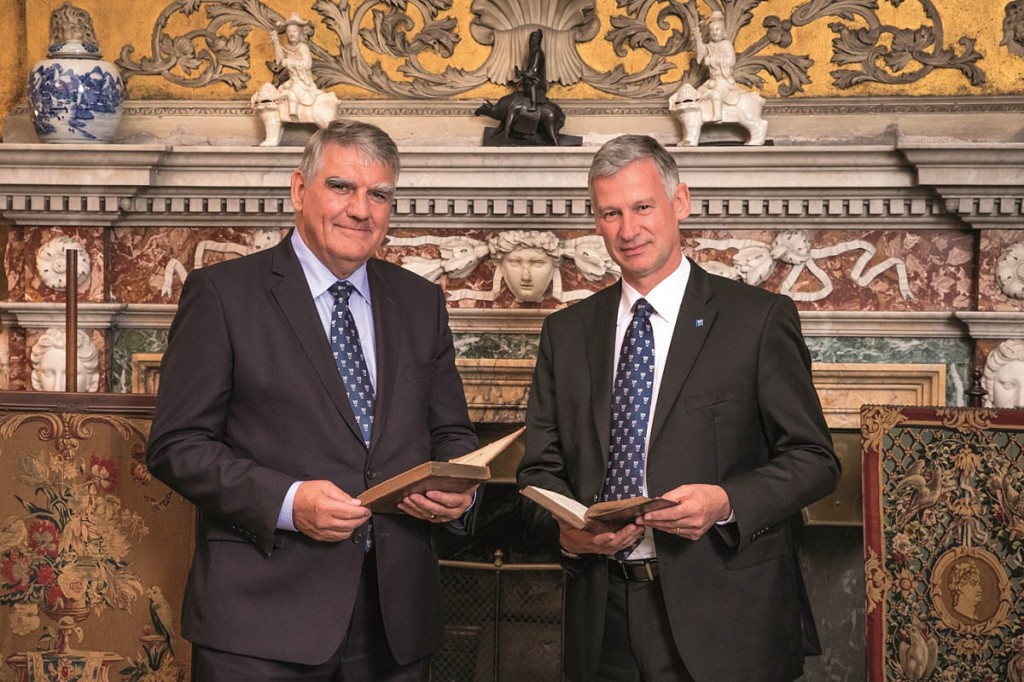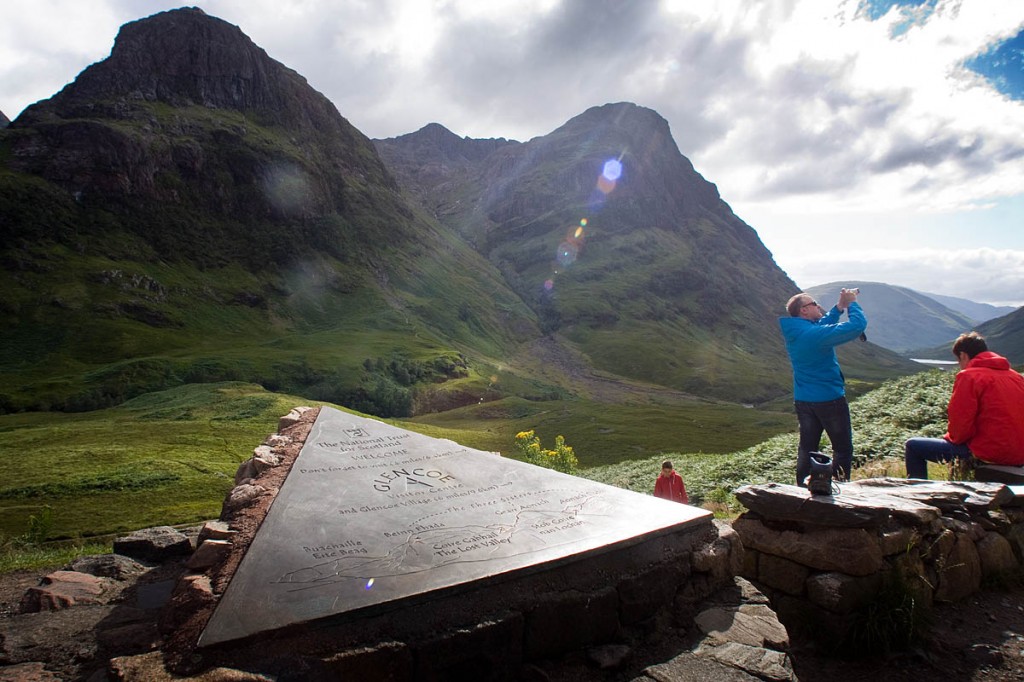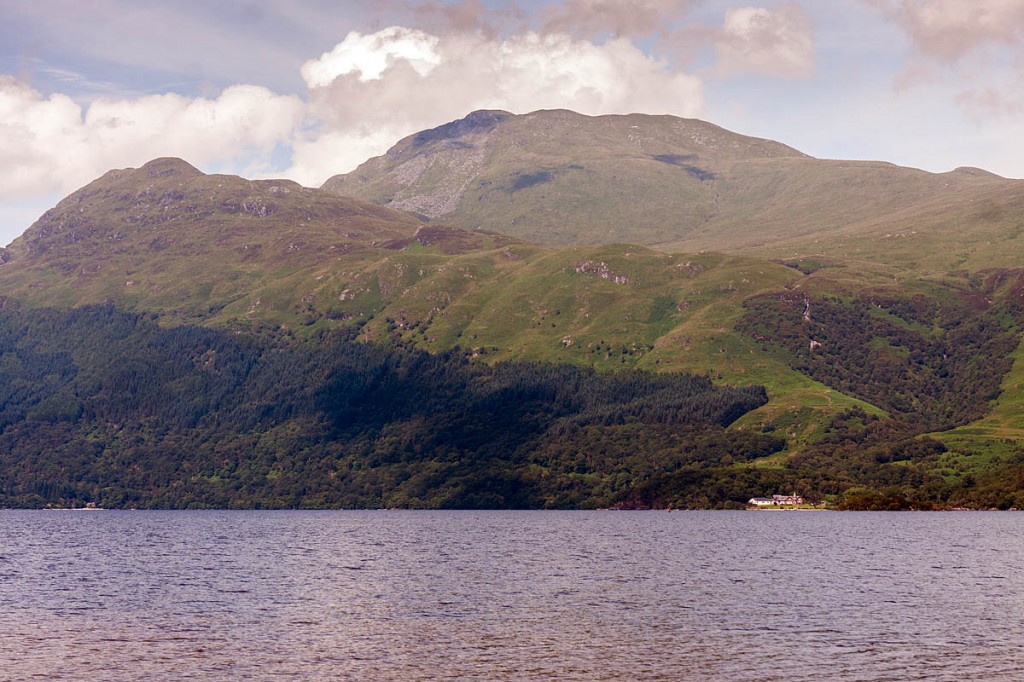Scotland’s largest conservation charity has announced plans for a major reorganisation, decentralising decision making and its simplifying management structure.
The National Trust for Scotland said jobs will be lost in the move, which it hopes will cut costs by 10 per cent.
The trust owns and cares for some of the nation’s top mountain areas, including Glen Coe, Ben Lomond, Ben Lawers and the Five Sisters of Kintail.
The announcement follows a review of the 85-year old charity led by the board of trustees, chairman Sir Moir Lockhead and chief executive Simon Skinner.
The charity said it proposes to re-shape itself over the next three to four years. It said it wants to widen the appeal of its conservation work to more people and invest significantly in key properties.
The trust wants to attract more visitors and boost its income and also focus accountability and decision-making at property level, closer to members and local communities.
An NTS spokesperson said: “Specialist staff across a range of conservation and professional disciplines would be teamed up with regional groupings of heritage sites to provide what would be in effect advisory services to properties.
“These experts would be based out in the field, instead of at the trust’s HQ.
“While there is an expected reduction in the trust’s total number of staff, staffing levels at properties would be unaffected.
“Changes to ways of working and investment in modernised administrative systems and simplified processes would deliver estimated operational savings of circa 10 per cent per annum which could be redirected to conserving heritage properties, improving visitor experiences and priority projects.
“The entire programme of change would be self-funding and at the end of three years would lead to a more sustainable model. The aim would be to bring in an extra £8-10m per annum of additional investment income for the charity thanks to these efficiency changes, more paying visitors, increased numbers of members and growing donations.”
The trust’s chairman Sir Moir Lockhead said: “This is an exciting new chapter in our 85-year history, providing new opportunities.
“Hard work has turned around the trust’s fortunes in the last few years, but we are now ready to move up to the next level to ensure we fulfil our mission of conservation in ways that are more relevant to today’s Scotland.
“The National Trust for Scotland is overflowing with fantastic stories of Scotland’s past, people, places and passions. We want to share these with the many, not the few, attracting new visitors, supporters, advocates and fans.
“We are a conservation charity, and our commitment to that fundamental cause is unwavering. Yet our role is rich and varied; we are educators, entertainers and enthusiasts.
“These proposals have the potential to transform the trust and help us establish heritage as a cause that communities all over the country can embrace, now and for years to come.”
Chief executive Simon Skinner, who joined the trust in June 2015, said: “We have decided that for the next few years we will concentrate resources on a number of priority properties, each of which will have specific projects and initiatives designed to drive up visitor numbers.
“Our trustees have judged that upfront investment in these properties would give the greatest returns in terms of increased visitor numbers, income, improved visitor experiences and conservation outcomes as quickly as possible.
“Speed is of the essence here; we have got to act now to make sure that our places and the stories they tell remain compelling, relevant and engaging. Competition and visitor expectations in the heritage sector have never been higher.
“The trust simply has to raise its game to challenge on both of these fronts.”
NTS trustees will decide on which properties to prioritise in due course.
Mr Skinner said: “I’ve felt strongly that there needed to be a rebalance of activity within the trust, giving much more control and influence directly to our properties. After all, it’s because of those special places that the charity exists, that it gets the support of over 330,000 members and attracts millions of visitors every year, and they are at the heart of our proposals.
“In many ways our revolution is based on evolution.
“We have learned from previous successes that integrated teams deliver the best results and that we should not be afraid to apply innovative thinking to the way we run our properties and present them to the public.
“And when we have delivered on these initial priorities, this will give us the experience and means to focus on other properties and look towards acquiring more in the longer term, perhaps leading to better representation of the 20th century, a period we have barely touched upon so far.
“Our proposals are designed to unleash our property teams’ innovative and entrepreneurial talents, which along with our partnerships with communities, volunteers and members, will ensure that our heritage inspires and excites new generations.”


